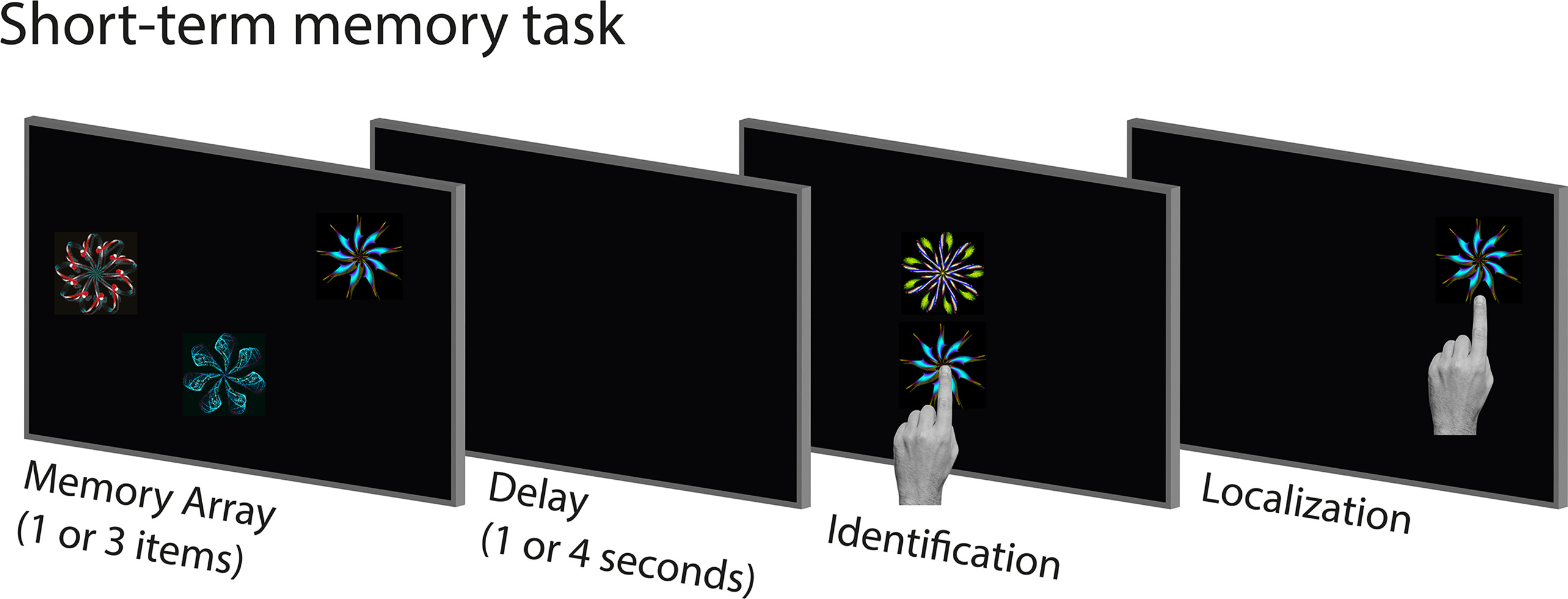Elsevier,
Influence of Nutrients, Bioactive Compounds, and Plant Extracts in Liver Diseases, 2021, Pages 41-55
This chapter aligns with the SDG goal 3 of good health and wellbeing by examining all possible hepatoprotective activities of natural products and plant extracts that lessen hepatitis C.
This chapter focuses on genetically modified crops that can aid farmers in increasing crop resilience and productivity. While their safety and ethics have raised concern, these promising technologies offer hope for the improvement of food security for global populations, especially those in under-developed or developing countries.
This book chapter addresses SDGs 2 and 12 by explaining the significance of the GM crop and how it will help save an undernourished population from food insecurity.
Background: Coronovirus disease 2019 (COVID-19) first broke out in Wuhan, Hubei Province, China, in 2019, and now it spreads in more than 100 countries around the world. On January 30th, the World Health Organization (WHO) declared COVID-19 a public health emergency of international concern. It was classified as a pandemic by the WHO on March 11, 2020. With the increase in the number of cases reported by various countries every day, the COVID-19 pandemic has attracted more and more attention around the world.
The principal motivations for the worldwide trend towards reducing meat consumption are health, the environment and animal welfare. The present study investigated the willingness of omnivores to introduce mixed (beef-vegetable protein) and 100% vegetable protein products into their diet. The participants (n = 251) were young adult omnivores who consumed meat at least once a week. The stimuli were images of six different products representing two beef burgers, two mixed-protein burgers (50% beef and 50% seitan or soy) and two 100% vegetable protein burgers (seitan and soy).
Purpose: Black physicians remain disproportionately underrepresented in certain medical specialties, yet comprehensive assessments in radiation oncology (RO) are lacking. Our purpose was to report current and historical representation trends for Black physicians in the US RO workforce. Methods and Materials: Public registries were used to assess significant differences in 2016 representation for US vs RO Black academic full-time faculty, residents, and applicants. Historical changes from 1970 to 2016 were reported descriptively.
It has recently been proposed that short-term memory (STM) binding deficits might be an important feature of Alzheimer's disease (AD), providing a potential avenue for earlier detection of this disorder. By contrast, work in Parkinson's disease (PD), using different tasks, has suggested that the STM impairment in this condition is characterised by increased random guessing, possibly due to fluctuating attention.
This study explored an established primary care–based dementia pathway in New Zealand (NZ) and nurse practitioner dementia diagnosis and care in 1 small United States state that has adopted a value-based delivery model. Central to the NZ model was the education of primary care providers, clear delineation of specialists’ support and referral pathways, and routine and predictable family carer respite. The US respondents reported that the essential resources necessary to support the diagnosis and management of dementia were lacking.
In April, 2019, the Alzheimer's Association Dementia Care Provider Roundtable convened to discuss common challenges faced when implementing person-centered, non-pharmacological practices in long-term care and other settings that provide care and programs for persons living with dementia, and to develop relevant, specific guidance from the perspective of administrative leaders from 23 long-term and community-based care provider organizations (representing home, community-based, and residential care).


